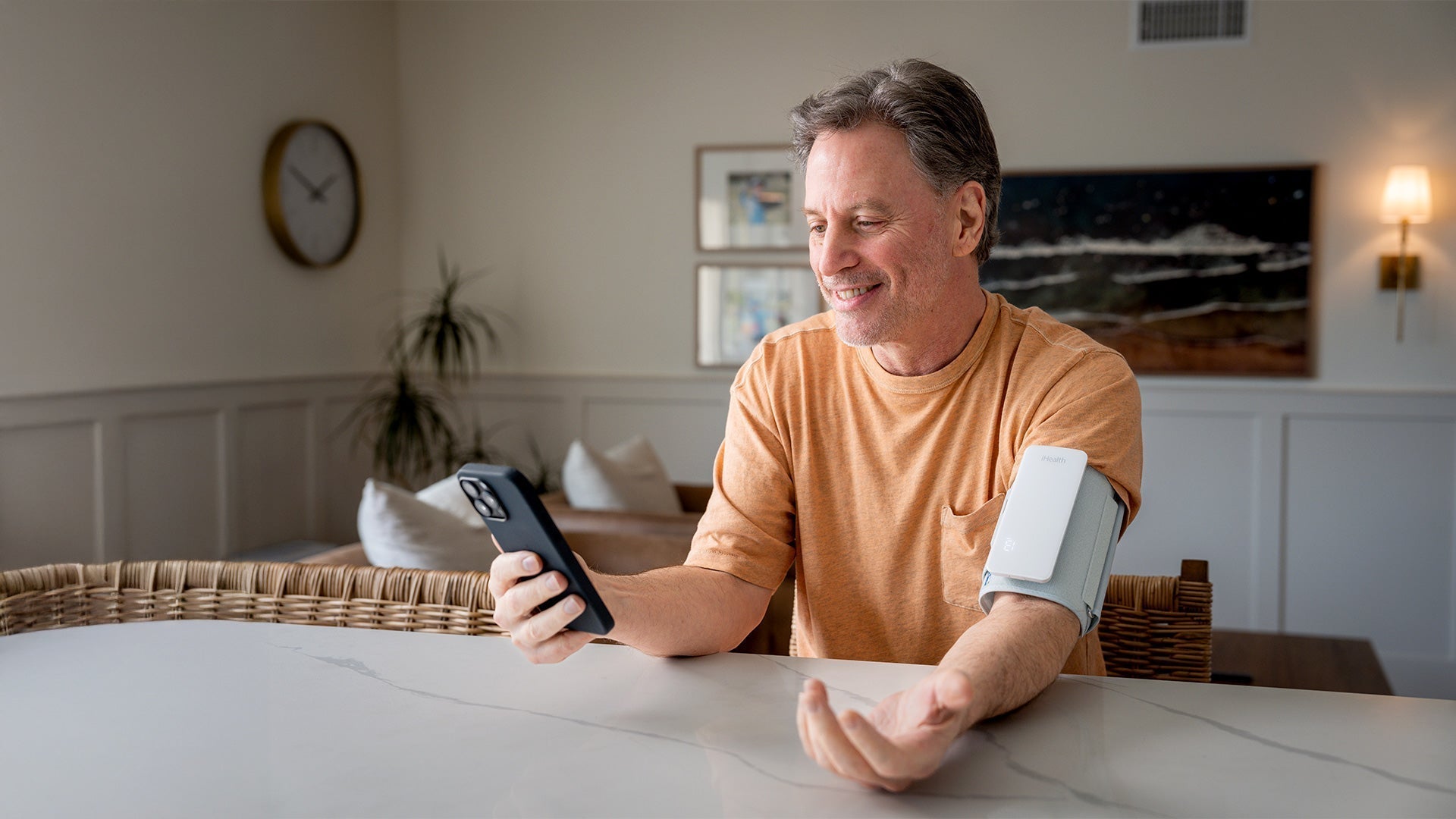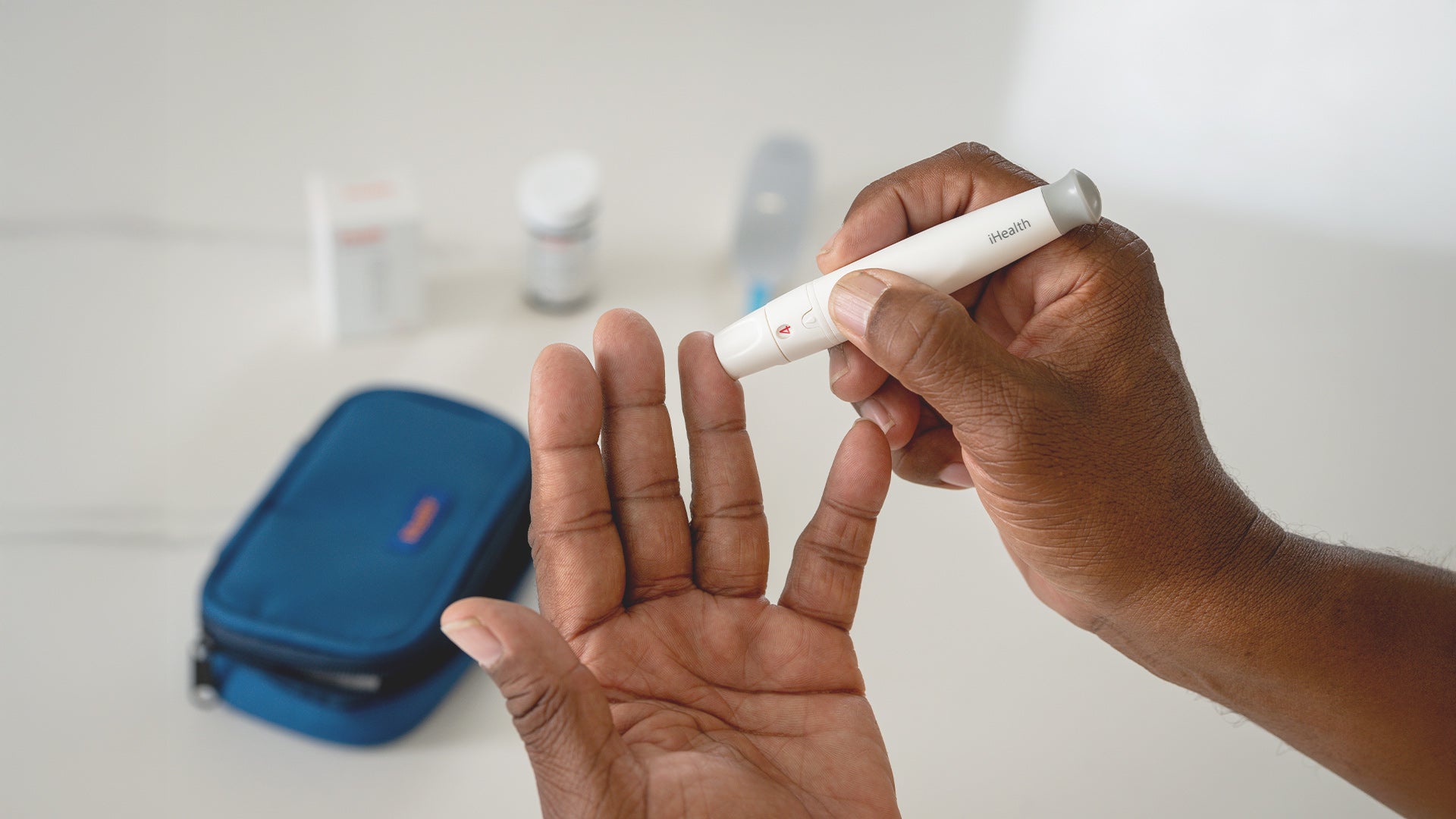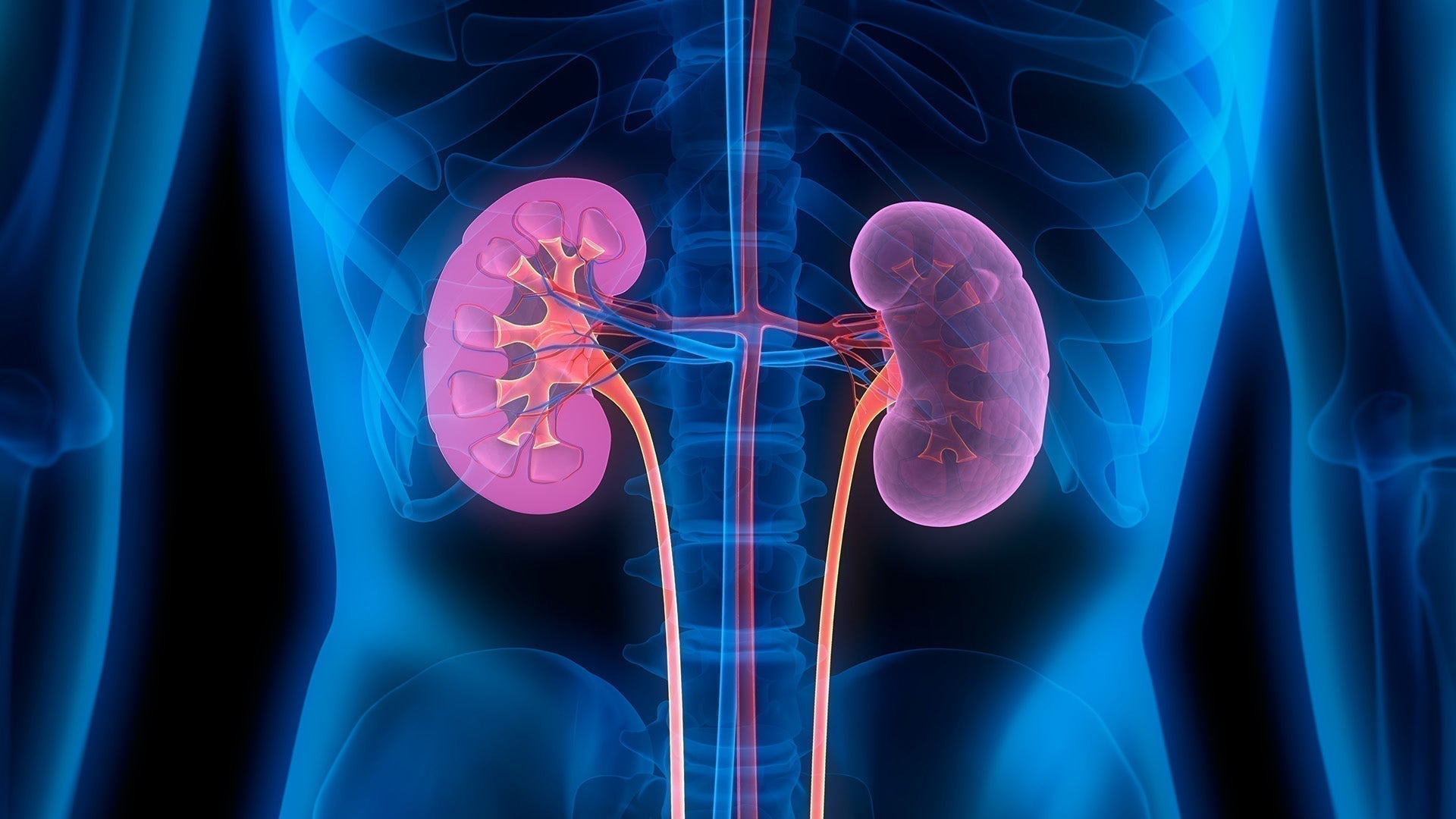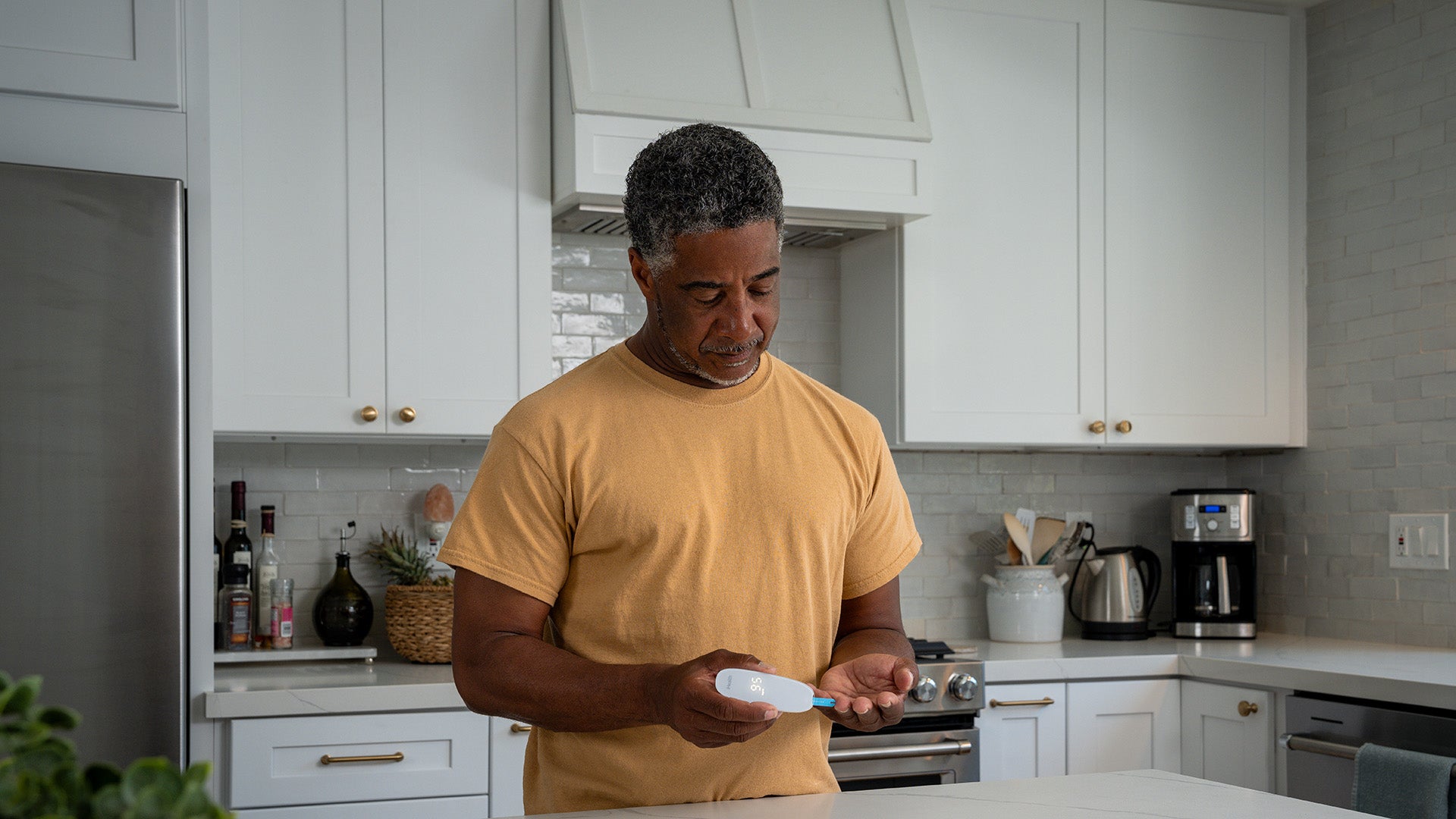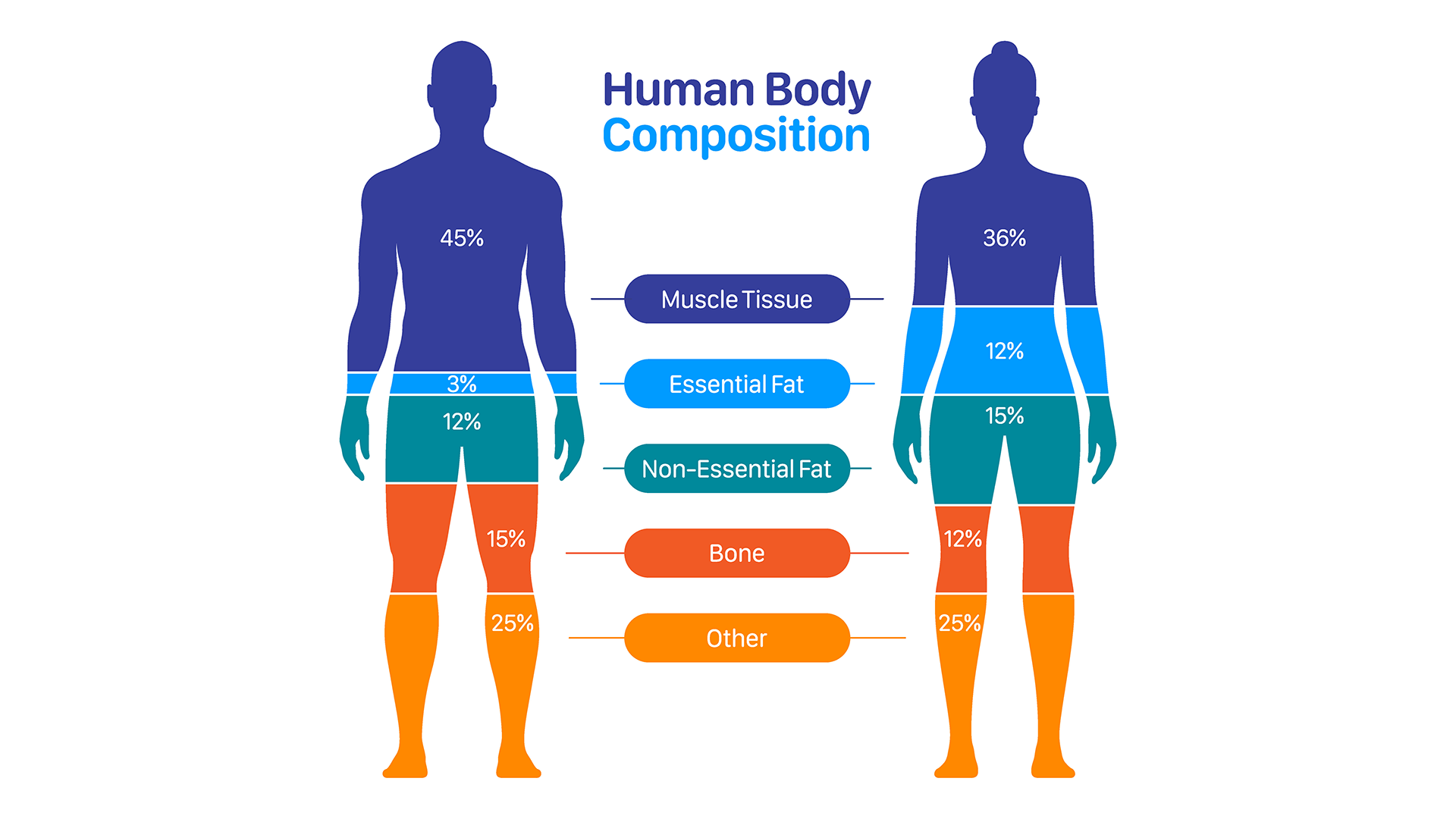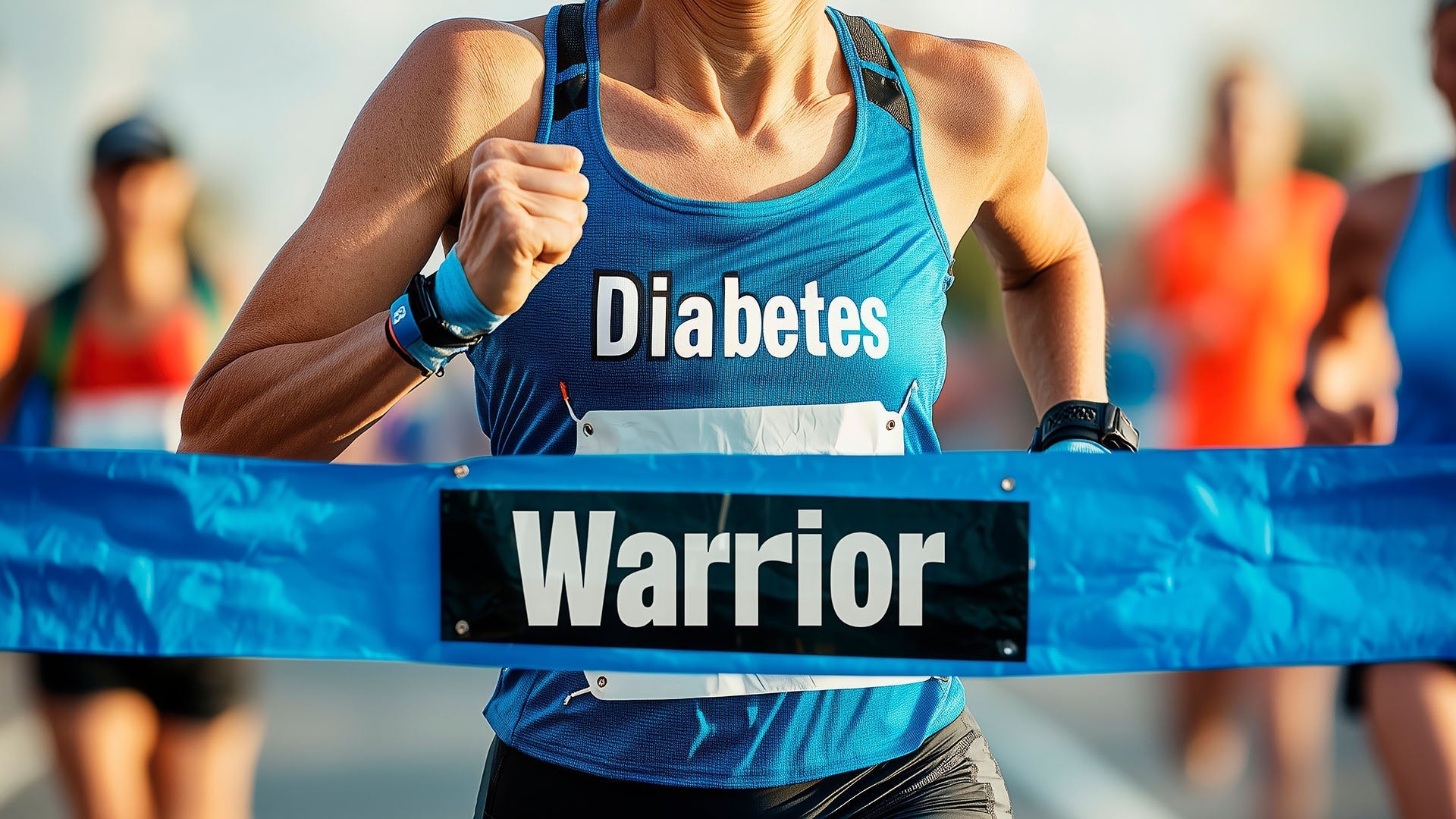Learn Your Way
to A Healthier Life

Summertime brings enjoyable sunny days, seasonal fruits and vegetables, outdoor gatherings and increased daytime hours as well for outdoor activities. However, for the 98 million American adults living with prediabetes—or those aiming to prevent it—the summer months present unique challenges and opportunities for managing blood glucose (sugar) levels.
Why Summer Heat Affects Blood Sugar
Heat changes everyone's blood sugar levels in different ways. In an interview with the Cleveland Clinic, Dr. Marwan Hamaty at the Clinic’s Department of Endocrinology, Diabetes and Metabolism, explained that if your glucose levels are already running high (hyperglycemia), heat stress can push them even higher due to increased stress hormones like cortisol.
Conversely, if your blood sugar is normal or slightly low (hypoglycemia), prolonged heat exposure—especially combined with exercise—can cause an unexpected drop in glucose as your metabolism increases. This phenomenon occurs as heat exposure causes blood vessels to dilate and increases your metabolic rate, making your cells consume glucose faster. Therefore, depending on your circumstances, heat can drive your sugar levels up or down.
Dehydration and Glucose: What You Need to Know
A 2022 study conducted by the Tokyo Medical and Dental University showed that heat events raised the risk of hospitalization for diabetic emergencies by 33-65% compared to cooler periods when analyzing patient data from 2012-2019. This was due to dehydration via sweating and polyuria (producing more than three liters of urine per day).
When you're dehydrated due to heat events, the glucose concentration in your blood rises simply because there's less fluid volume—potentially pushing someone with prediabetes into diabetic ranges temporarily. This creates what researchers at the American Diabetes Association (ADA) call a "vicious cycle"—inadequate fluid intake raises blood sugar, which causes polyuria—leading to further dehydration.
The solution? Seek indoor shelter—preferably air-conditioned to avoid the heat—and increase hydration. Aim for at least 64 oz (about 2 liters) of water per day as a baseline, but increase this with exercise or sweating. The U.S. National Academies recommend ~3.7 liters for men and ~2.7 liters for women daily, including intakes from all fluids and water-rich foods, like fruits and vegetables.
Smart Summer Eating: Seasonal Foods That Can Help Control Blood Sugar
Summer brings plenty of fresh fruits and vegetables and an abundance of seasonal foods that can support blood sugar control. VeryWell Health recommends the following to help balance or even lower your glucose levels.
- Most fruits and vegetables
- Beans
- Lean proteins
- Minimally processed grains
- Low-fat dairy foods
- Nuts and seeds
VeryWell also recommends enjoying sugary extras in moderation—BBQ sauce, buns, sodas and alcohol can quickly raise blood sugar. Also consider the glycemic impact of meals—using a glucometer can reveal which food combinations keep you in range—and which don’t.
Monitoring Glucose During Hot Days: Why It Matters
Digital glucometers, which utilize fingersticks and lancets, provide snapshots of blood glucose levels that can help detect patterns in response to high temperatures. Self-monitoring significantly improves awareness of post-meal sugar spikes and hydration-related variability that might otherwise go unnoticed. In the interview with the Cleveland Clinic, Dr. Hamaty recommended testing blood glucose levels after outdoor activities during peak heat periods to assess the immediate impact of heat exposure on sugar levels.
Unlike traditional glucometers that provide point-in-time measurements, continuous glucose monitors (CGMs) create an ongoing glucose profile that captures the dynamic nature of blood sugar fluctuations throughout the day and night. The ADA reported that CGM real-time alerts can prevent dangerous hypoglycemic episodes during heat-induced exercise sessions, when the combination of physical activity and heat stress can create unpredictable glucose responses and dehydration.
Regular glucose monitoring provides an added advantage: the immediate feedback on how choices affect glucose levels can significantly boost motivation to stick with healthy habits. An article from Harvard Health explained how increased confidence in one's ability to manage their health leads to improved long-term results and may help in preventing or postponing the development of type 1 diabetes in individuals with prediabetes.
Your Warm-Weather Action Plan: Practical Steps for Success
This summer, by following a few helpful steps for managing your glucose levels during the warmer weather, it is possible to significantly lower your chances of progressing to type 1 diabetes or better manage your blood sugars if you already have prediabetes.
- Stay hydrated: Start each day by drinking a glass of water and carry a water bottle with you. Consume water-rich foods like fruits and vegetables.
- Time your outdoor activities: Enjoy open-air recreation during mornings or evenings when temperatures are more manageable. The CDC recommends taking precautions once the heat index reaches 80°F (27°C) or higher. If you stop sweating or feel dizzy during outdoor activity, stop immediately and seek shade.
- Monitor blood glucose levels: Check your blood glucose more frequently during heat waves, especially before, during and after exercise.
- Plan for challenges: Summer brings travel, events and temptations. Pack healthy snacks for trips, volunteer to bring nutritious dishes to gatherings and set reasonable boundaries around treats.
The summer months come with real challenges for managing prediabetes due to possibly experiencing hyperglycemia or hypoglycemia as well as dehydration, but they also present useful opportunities for keeping blood sugar levels in check. By monitoring your body’s responses and following a warm-weather action plan, you can enjoy the season while staying on track with your health goals.
References
- CDC - 1 in 3 Americans Have Prediabetes
- Cleveland Clinic - How to Manage Your Diabetes in Extreme Summer Heat
- Tokyo Medical and Dental University - Summer is the Season of Caution: Extreme Heat Events Mean Higher Risk for Diabetics
- American Diabetes Association - Standards of Medical Care in Diabetes
- U.S. National Academies - Report Sets Dietary Intake Levels for Water, Salt, and Potassium To Maintain Health and Reduce Chronic Disease Risk
- VeryWell Health - Diet to Lower A1C and Blood Sugar
- American Diabetes Association - Increasing the Low-Glucose Alarm of a Continuous Glucose Monitoring System Prevents Exercise-Induced Hypoglycemia Without Triggering Any False Alarms
- Harvard Health - Is blood sugar monitoring without diabetes worthwhile?
-
CDC - Heat Stress in Construction
Sign Up For More From iHealth
Receive the Latest News and Special Offers



